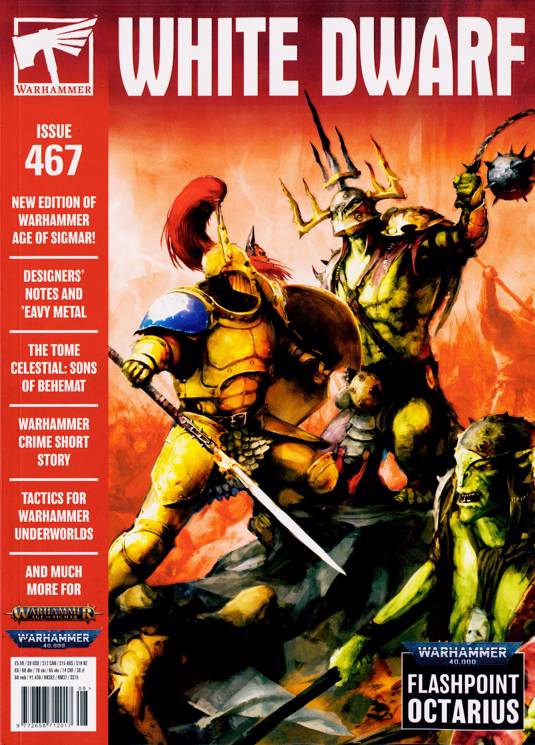

"Some of the rock types that we see from the white dwarf data would dissolve more water than rocks on Earth and might impact how oceans are developed," Putirka explained. In fact, some of these rock types were so exotic, the duo had to provide new names for them, including "quartz pyroxenites" and "periclase dunites." This suggests that the planets around the white dwarfs they studied had a wider range of rock types than is found in our solar system. The white dwarfs they studied had much more varied and exotic materials than is found in the inner solar system's rocky bodies. They reconstructed the minerals and rocks that would have deposited the measured abundances of these elements. Xu and Putirka selected 23 white dwarfs located within 650 light-years of the sun where elements such as calcium, silicon, magnesium and iron had previously been detected by telescopes like the Hubble Space Telescope. Neutron Stars Could Capture Dark Matter and Help Unlock Its Mysteries.David and Goliath Battle Between Galaxies Could End With One Cannibalized.Astronomers Find Evidence of a Planet Outside Our Galaxy for the First Time.That means, that astronomers can discover what these rocky bodies were made of by studying these atmospheres and detecting materials that aren't supposed to be there.

However, the atmospheres around white dwarfs become "polluted" when material from the rocky bodies, such as planets and asteroids, fall into them. These dense collapsed stellar cores are a good choice to conduct such a survey because they are composed mostly of material that was once part of the star's core, hydrogen, and helium. The duo studied the atmospheres around white dwarfs, the stellar remnants that are left behind when stars of a similar size to the sun exhaust their nuclear fuel and undergo gravitational collapse, shedding their outer layers in supernova explosions. "They have no direct counterparts in the Solar System." "While some exoplanets that once orbited polluted white dwarfs appear similar to Earth, most have rock types that are exotic to our solar system," Xu said in a press release from the NSF. Their findings were published in the journal Nature Communications. In an attempt to discover this, and find out if these worlds resemble our planet, National Science Foundation's (NSF) Noirlab astronomer Siyi Xu teamed with California State University, Fresno, geologist Keith Putirka. While astronomers have thus far discovered over 4,000 planets outside the solar system, there has not been a good consensus on what types of material make up these worlds. The team found the rock types are composed of exotic and diverse materials not found anywhere in the solar system. Astronomers have carried out the first estimates of rock types that exist on planets orbiting nearby stars.


 0 kommentar(er)
0 kommentar(er)
